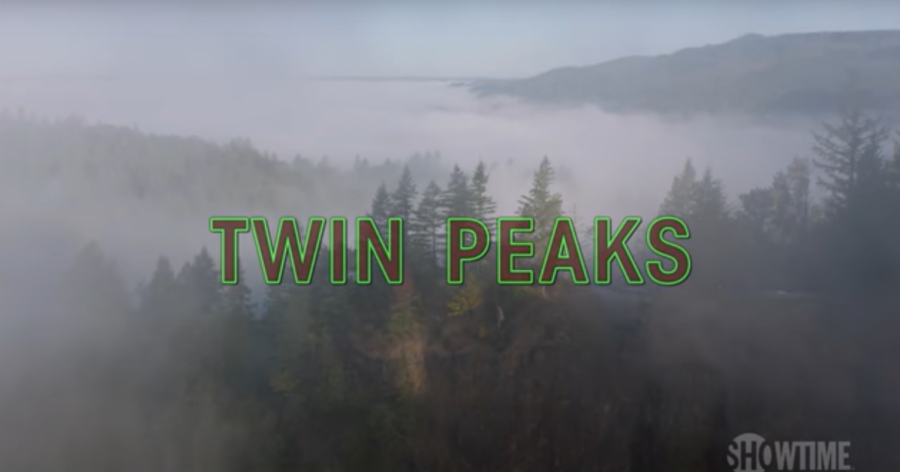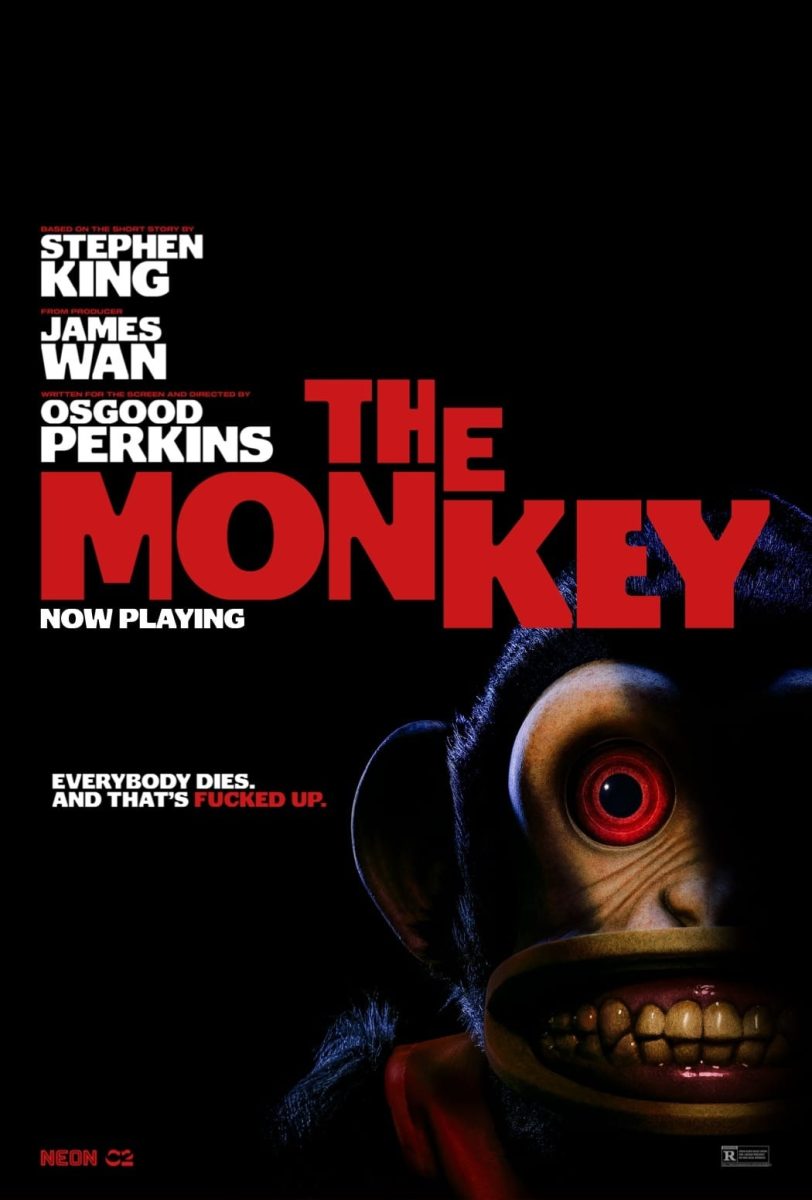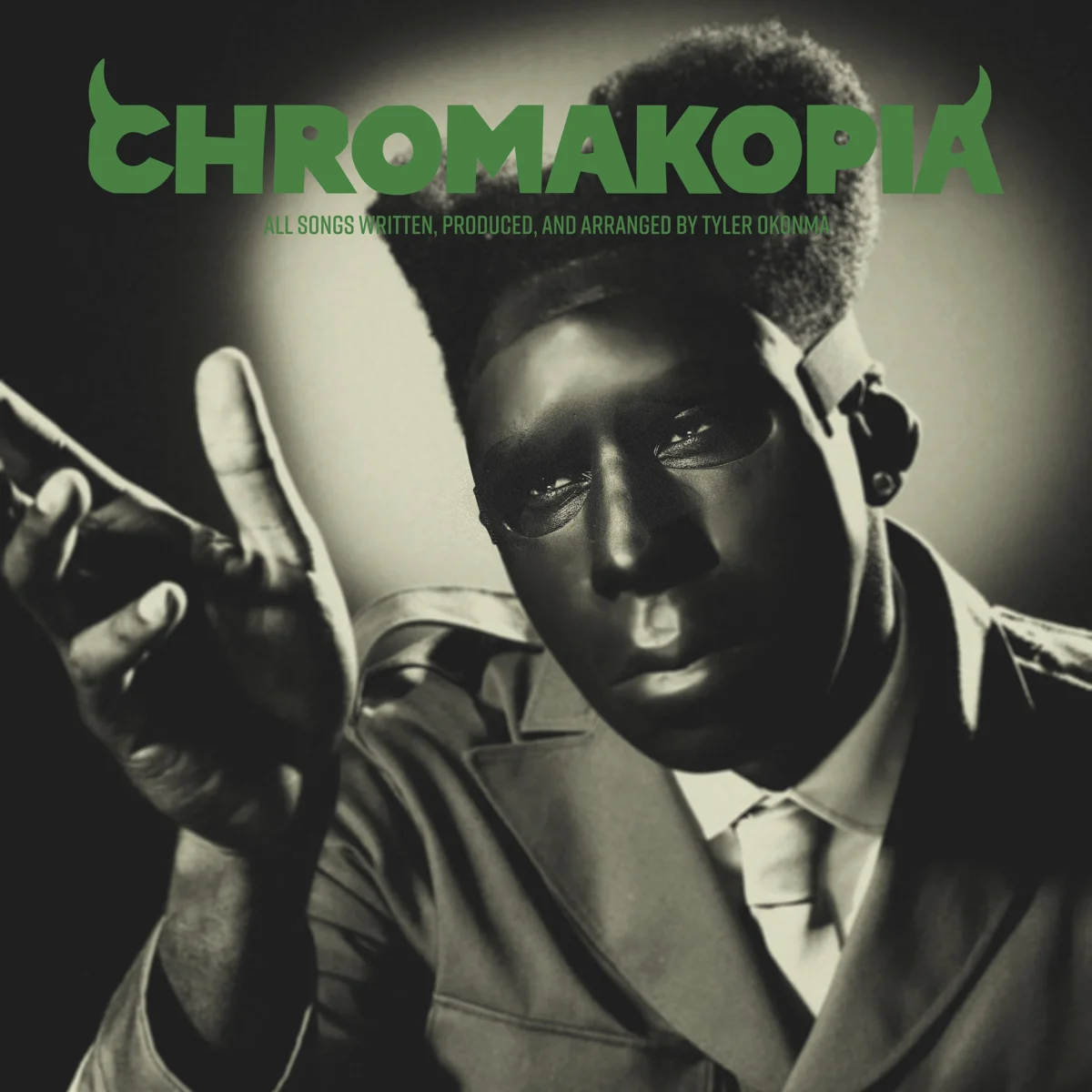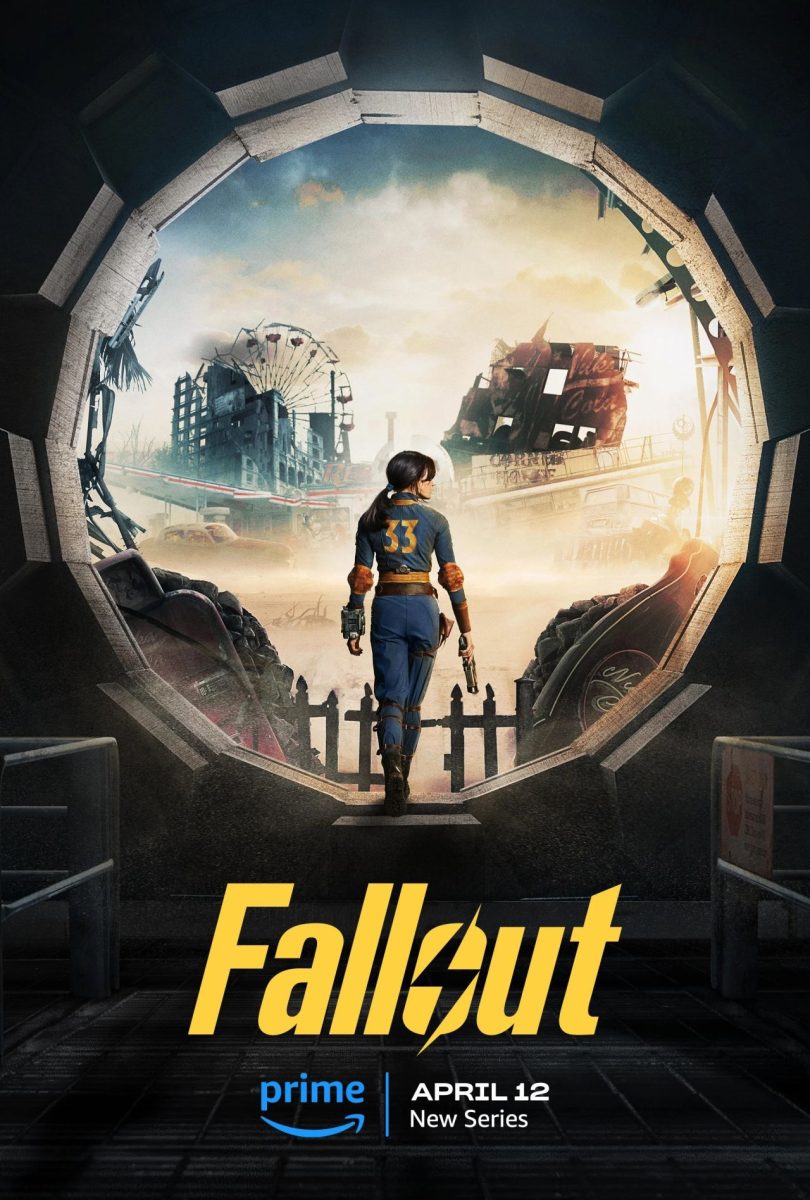Twin Peaks is a difficult show to describe.
A joint effort between Lynch and Mark Frost, the series focused on the murder of Laura Palmer (Sheryl Lee) and the subsequent investigation by FBI Special Agent Dale Cooper (Kyle MacLachlan) in the small town of Twin Peaks.
The original series, premiering in 1990, was a landmark series for television and it defied many of the tropes that were present in television at the time.
The television landscape in the early 90s was primarily dominated by shows that stuck to a very traditional formula. It was the norm to tune into a channel and watch a family comedy or similar programming.
The television landscape was saturated, to say the least.
Lynch saw the lack of innovation and capitalized on it. What resulted was a show that’s difficult to put into words.
“Twin Peaks,” during its original run, was equal parts soap opera and psychological horror. A parody of sorts, the show masterfully balanced its purposefully cheesy elements while maintaining many of the horror elements that Lynch was well known for.
The show ran for two seasons, before being canceled by the ABC network.
Lynch continued to expand the series mythos in a prequel movie set before the events in the series, “Twin Peaks: Fire Walk with Me” which was released to a mixed reception (In recent years, however, it’s been praised).
25 years after it’s initial cancellation in 1991, the show returned in 2017 as a limited event series known as “Twin Peaks: The Return” with Lynch and Frost returning at the helm.
Series mainstays returned, all reprising their original roles from the first two seasons.
The most fascinating thing about the series’ return was how unabashedly Lynchian it was to its core.
Rather than having a bombastic return to form for the series, Lynch opted to have us return to a world that seemed foreign.
It’s a strange feeling, returning to a world that was at times almost comical in its portrayal of its protagonists and subject matter only to find that it’s become cold and alien.
To elaborate, while horrific events (such as the murder of Laura Palmer and her cousin, Maddy) were merely referenced and toned down quite a bit in the series original run on ABC, nothing is left to the imagination in The Return.
Scenes of intense violence and gore are present, yet never feel like they’re violent for the sake of being violent. The presence of such intense violence only serves to strengthen the fact that the Twin Peaks that we’re in is far removed from the one we visited in the 90s.
When returning to an established franchise after a long period of absence, it’s common to have a bombastic return and make the reintroduction of characters a big deal.
Shows like “Fuller House” and the 2020 reboot of “Saved by the Bell” are an excellent examples of this. The protagonists are shown to have become exceedingly successful and grown from their initial appearances.
“The Return” challenged this.
Many of the characters from the original series’ run are shackled to the town.
Shelly (Madchen Amick) continues to work in the same diner she worked in, while her daughter, Becky (Amanda Seyfried), is shown to be in an abusive relationship with a drug dealer.
Dale Cooper, the heart and soul of the series, has been stuck in the otherworldly Red Room for the past 25 years, while his doppelganger (It’s a long story.) runs amok in the real world leaving behind a trail of death.
In many ways, The Return is indicative of the time it released.
Similar to how the original series was a commentary on the state of television of the time, The Return is a reflection on the darker, more syndicated programming we enjoy in our modern-day.
















